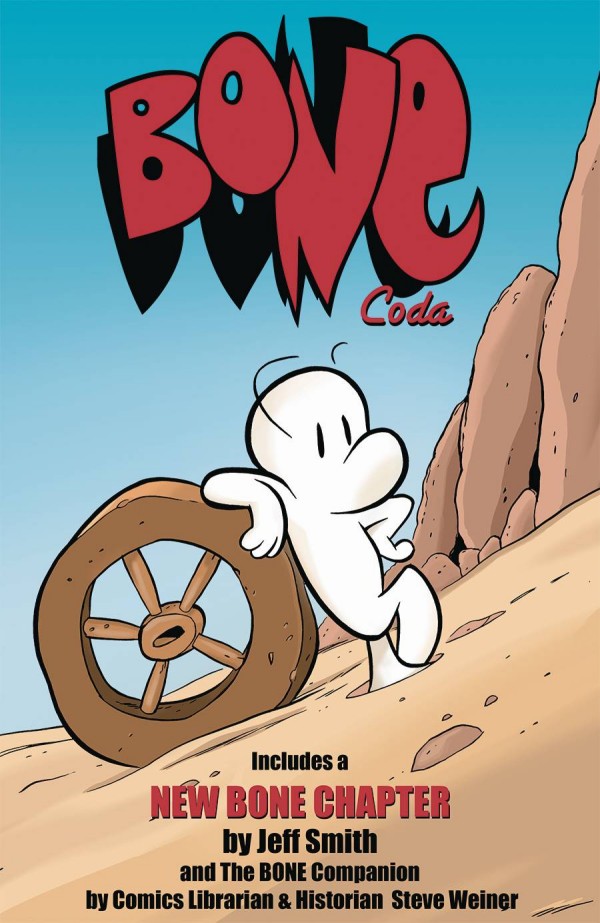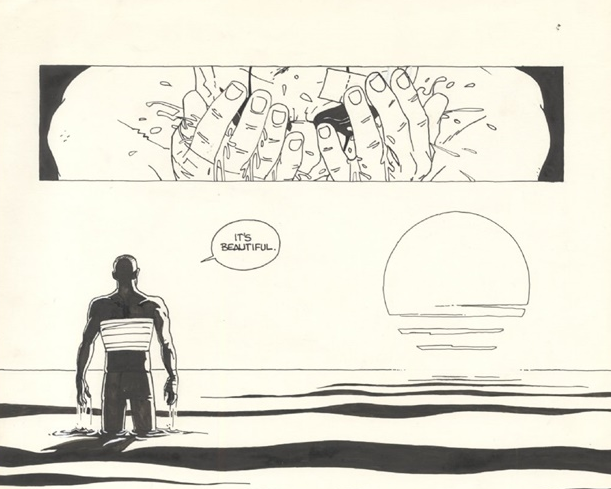John Porcellino’s King-Cat Comics and Stories is about the details. It’s a chronicle of the year (give or take) since the last issue and a number of the things that have crossed Porcellino’s path and mind. Whether it’s an interesting phenomena that exists in southern Wisconsin or just a memory of discovering his first zine in Champaign, Il, this comic just feels like a peek into a few of the things that make Porcellino who he is. Through his comics here, Porcellino peels back these layers, only to reveal that there are more and more layers that will need other comics to eventually get through. In fact, one of the more intriguing layers here isn’t even a comic by Porcellino but about him by the always great Gabrielle Bell.
So many autobio cartoonists try to hold themselves at a distance from their work so their comics are a reflection of them but it’s not them. The comics of Chester Brown, Joe Matt and even Gabrielle Bell, while often confessional, take on the artifice of “style” that creates barriers between themselves, the stories, and the readers. Their comics end up only being that part of them that they choose to share with us but it’s still a shaped and molded version of themselves. Porcellino doesn’t have those boundaries between himself, his zines or his audience. His comics are confessional in a way that’s more than performative. Whether it’s his King-Cat issues or longer works like The Hospital Suite, Porcellino’s stories are these bare reflections of thoughts, events and experiences that he wants to explore as much as he wants to get down on the page so he can move on to the next strip and experience.
Porcellino jumps around with short stories going as far back as his childhood and as recently as this past summer. That’s generally how his comics work but this issue feels like it is a reaction to a tumultuous year. (In a note included with his subscriber copies of the issue, Porcellino admits to 2019 being “the longest ever.). The issue is dedicated to his dog Gibby and comics’ all-around-voice-of-reason Tom Spurgeon, who both passed away this last year. Porcellino has used his comics to explore that kind of trauma so this issue becomes an anti-reaction to those events. It’s mostly Porcellino recalling good memories to act against the troubling events of the year.
He gives a chunk of this issue to Gabrielle Bell and her comic about visiting an art exhibit with Porcellino from a couple of years ago. The strip shows a Porcellino who would love to be able to get lost in art. An opening letter to Patrick R. Porter written in August, 2018, Porcellino mentions retiring his distribution company Split and a Half “soon.” (For the record, I’ve ordered a couple of different things from Porcellino lately through Spit and a Half.). The thought of retiring from distribution to just focus on art is brought up again in Bell’s comic. In Bell’s recounting of the exhibit visit, Porcellino goes missing, with Bell only capturing a glimpse of him in the corner of one of the pieces of art that fascinated him.
Bell displays part of the magic of Porcellino and his comics. Porcellino has this way of looking at the world and expressing it through his experience of art. Chunks of this issue frame the world as an aesthetic experience, as the ability to be able to process events as an artistic expression of emotion. Bell clearly depicts Porcellino as an artistic shaman but Porcellino’s own comics contain a wonder about this world where he’s our gateway to it. Through revealed connections to other zine creators in a few of these stories or just exploring the odd occurrences of gravity hills in other stories, Porcellino shares with us these portions of his life to allow us to take part of them and not make them our own but to incorporate them into our experience of the world and art. Porcellino has all of these experiences and his art transforms them from personal experiences to communal experiences.
Porcellino has an uncomplicated approach to his drawing, using simple and immediate lines to create his images. His drawing is simple but it allows the audience to spend time on the image, “reading” what we see as much as we read the words on the page. This hand-created aspect of Porcellino’s comics, seen in every aspect of the comic, helps foster the intimacy of his work. It’s not something that’s being created but something that is being shared. His hand-written Top 40 list is an unfiltered list of the pop-culture that meant something to him over a year, just like his comics of conversations with his mother or high school science trips are these building blocks of a person and a cartoonist. As the comic has become more of an annual series, each issue is an opportunity to catch up with Porcellino, giving us an opportunity to hear stories about the past to understand who this artist really is.











